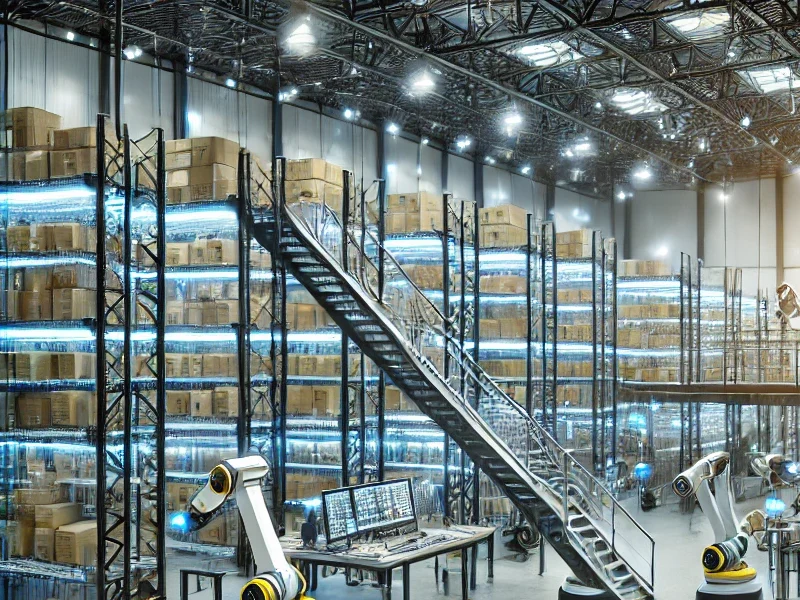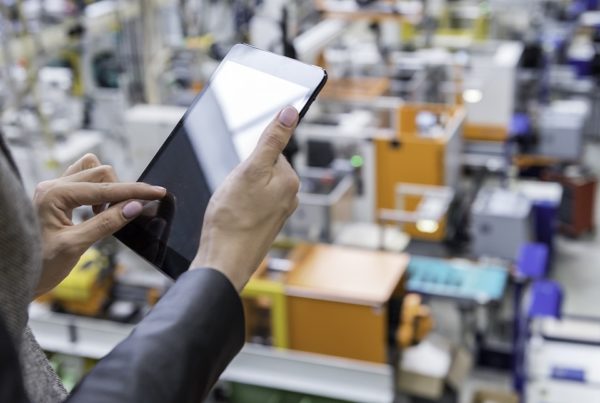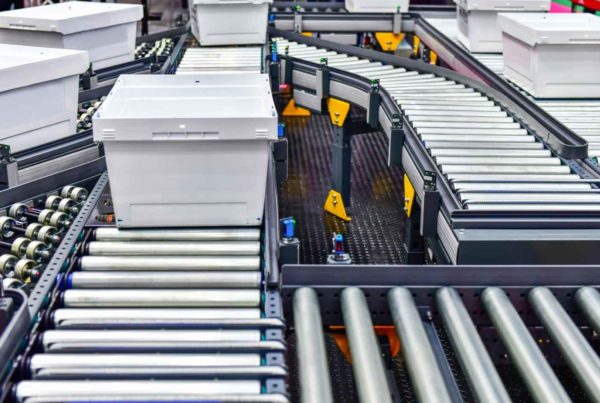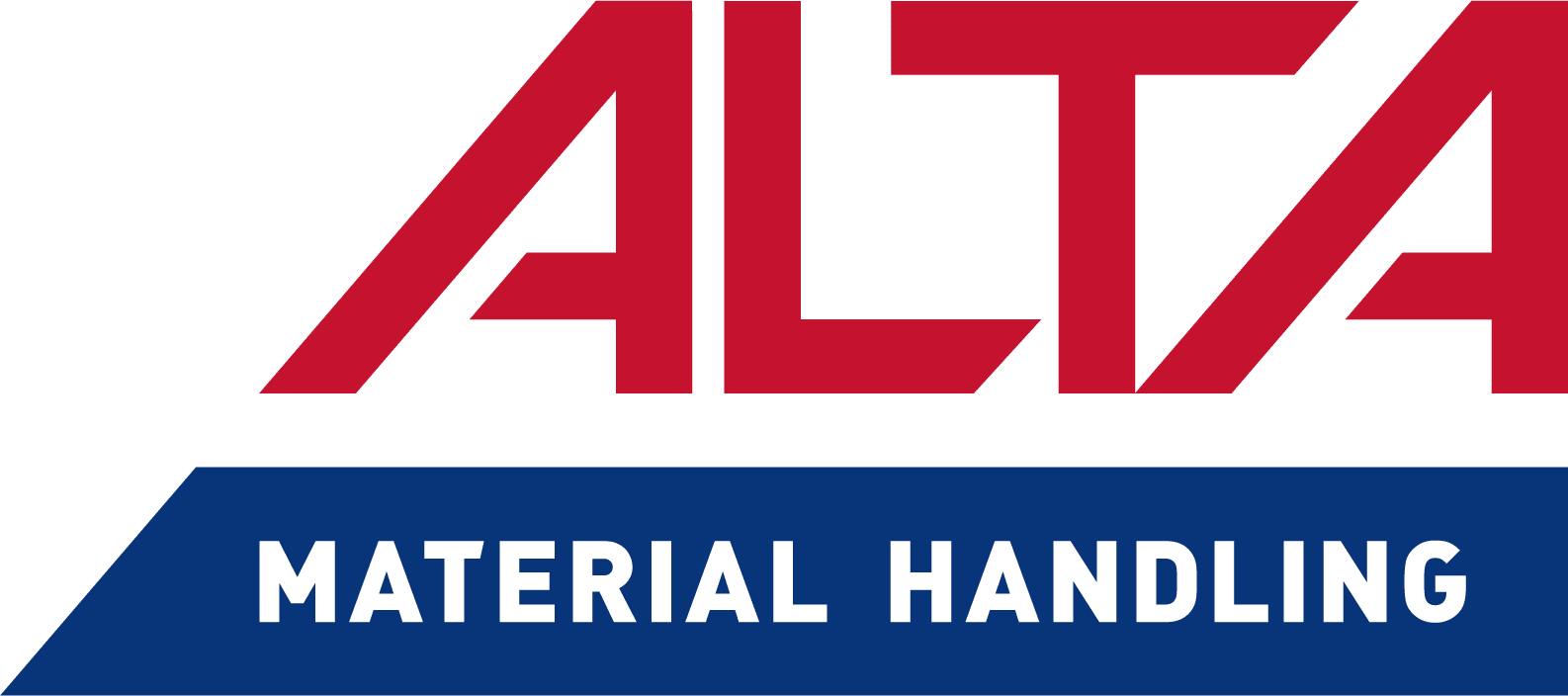Is Your Warehouse Falling Behind? Here’s When to Consider GTP
Efficiency is everything in today’s fast-paced distribution environment. If you’re struggling with slow fulfillment, high labor costs, or an increasing number of errors, it may be time to rethink your warehouse operations. Goods-to-Person (GTP) systems are transforming the way businesses handle inventory, increasing efficiency, reducing costs, and improving accuracy. But how do you know if your warehouse is ready for this upgrade? Here are five clear signs that it’s time to invest in a GTP system.
1. Your Order Fulfillment Times Are Slowing Down
If your warehouse is struggling to keep up with order fulfillment deadlines, it’s a major red flag. Customers today expect rapid delivery—same-day or next-day shipping has become the norm. Manual picking methods, where workers travel long distances to retrieve items, can’t keep pace with modern demands.
- Studies show that warehouses using GTP systems can increase picking efficiency by up to 600%.
- 40% of supply chain leaders report struggling with order fulfillment speed due to manual processes.
- GTP systems can reduce walking time for pickers by up to 70%, significantly speeding up order processing.
With a GTP system, items are automatically retrieved and transported to workstations, drastically reducing picker travel time. Instead of spending hours walking through aisles, workers can focus on high-value tasks such as quality control and packaging. Faster fulfillment means happier customers and fewer abandoned carts due to delayed shipping.
PeakLogix Solution: Implementing a GTP system can make your picking operations much more efficient while also increasing order accuracy. Learn more at PeakLogix Goods-to-Person Solutions.
2. Labor Costs Are Consistently Rising
If your payroll expenses are climbing, your warehouse could benefit from automation. The cost of labor is one of the biggest challenges in warehouse management, with wages and turnover adding to operational costs. Traditional warehouses require a large workforce to manually retrieve and process orders, but this approach is expensive and inefficient.
- Labor accounts for nearly 50% of total warehouse operating costs.
- The average turnover rate for warehouse employees is 37%, leading to high recruitment and training expenses.
- Warehouses that adopt automation can reduce labor costs by 20-30%.
GTP systems reduce dependency on manual labor by automating the retrieval and delivery of products. This not only lowers overall payroll costs but also helps retain employees by minimizing physically demanding tasks. Instead of spending hours on repetitive walking, your workers can be repositioned into roles that add more strategic value.
Industry Trend: Companies like Amazon are heavily investing in warehouse automation, expecting to save billions annually. Read more about warehouse automation at Business Insider.
Additionally, the BLS Report highlights the increasing impact of automation on warehousing and logistics. This underscores the importance of adopting solutions like those offered by PeakLogix to remain competitive in an evolving industry.
3. Your Picking Accuracy is Declining
Picking errors can be costly—incorrect shipments lead to customer dissatisfaction, returns, and wasted resources. If your warehouse is experiencing frequent mispicks, it’s a sign that human error is becoming a problem. With traditional picking methods, workers must locate items visually, increasing the likelihood of mistakes, especially during high-demand periods.
- Picking errors cost U.S. businesses an estimated $1.5 billion annually.
- The average warehouse picking error rate is 1-3%, but automated systems can reduce it to 0.1% or lower.
- Companies that implement GTP see a 99.9% accuracy rate in order fulfillment.
A GTP system significantly improves order accuracy. Automated retrieval ensures that the correct item is presented to the worker every time, virtually eliminating picking errors. As a result, customer complaints decrease, return rates drop, and your business builds a reputation for reliable, high-quality service.
PeakLogix Insight: By implementing a GTP system, you can eliminate major sources of wasted motion and extra touches, improving overall efficiency. Learn more at PeakLogix Goods-to-Person.
4. Your Warehouse Space is Not Being Optimized
Space constraints can limit growth and add unnecessary costs to warehouse operations. Traditional warehouses require wide aisles to accommodate foot traffic and manual picking, but this layout is inefficient and takes up valuable storage space.
- GTP systems can increase warehouse storage capacity by up to 40%.
- Automated solutions can reduce the need for warehouse expansions, saving businesses an average of $1 million per 100,000 sq ft.
- High-density storage solutions optimize space by reducing aisle widths by 50% or more.
GTP systems optimize warehouse space by reducing the need for excessive aisle space. Automated storage solutions, such as robotic shuttles and vertical lift modules, can store inventory in high-density configurations, increasing storage capacity by up to 40%. This allows you to handle more inventory within the same footprint, delaying or even eliminating the need for costly warehouse expansions.
PeakLogix Solution: Integrating automated storage and retrieval systems (AS/RS) can improve accuracy and throughput, helping you stay competitive with delivery times and order precision. Learn more at PeakLogix AS/RS Solutions.
5. You’re Struggling to Scale with Demand
If seasonal demand spikes or business growth is causing bottlenecks in your operations, it’s a clear sign that your current system isn’t scalable. A manually operated warehouse may work for small-scale operations, but as order volumes increase, inefficiencies become more pronounced. Adding more workers to handle seasonal surges is a short-term fix, but it’s not sustainable in the long run.
- 65% of warehouses report struggling with seasonal demand fluctuations.
- Automated fulfillment systems can handle 2-5x more orders per hour compared to manual operations.
- Businesses that scale with automation reduce operational bottlenecks by 50%.
A GTP system allows your warehouse to scale seamlessly. Automated solutions can handle high order volumes without the need for additional labor, ensuring that your business remains competitive even during peak seasons. Whether you’re fulfilling hundreds or thousands of orders a day, a GTP system adapts to your needs and keeps operations running smoothly.
Industry Trend: The U.S. Bureau of Labor Statistics projects that advancements in warehouse robotics will continue to transform the industry. Read more at BLS Report.
Is It Time for an Upgrade?
If you recognize any of these signs in your warehouse, it’s time to consider making the switch to a Goods-to-Person system. The benefits go beyond just efficiency—automation reduces costs, improves accuracy, optimizes space, and ensures your operations can keep up with increasing demands.
Upgrading to a GTP system is an investment in your warehouse’s future. The longer you rely on outdated, labor-intensive processes, the more you risk falling behind competitors who are embracing automation. By taking the step toward a more efficient and scalable operation, you position your business for sustained success.
Are you ready to optimize your warehouse with a Goods-to-Person system? Learn more about how automation can transform your operations and keep you ahead of the curve at PeakLogix.





